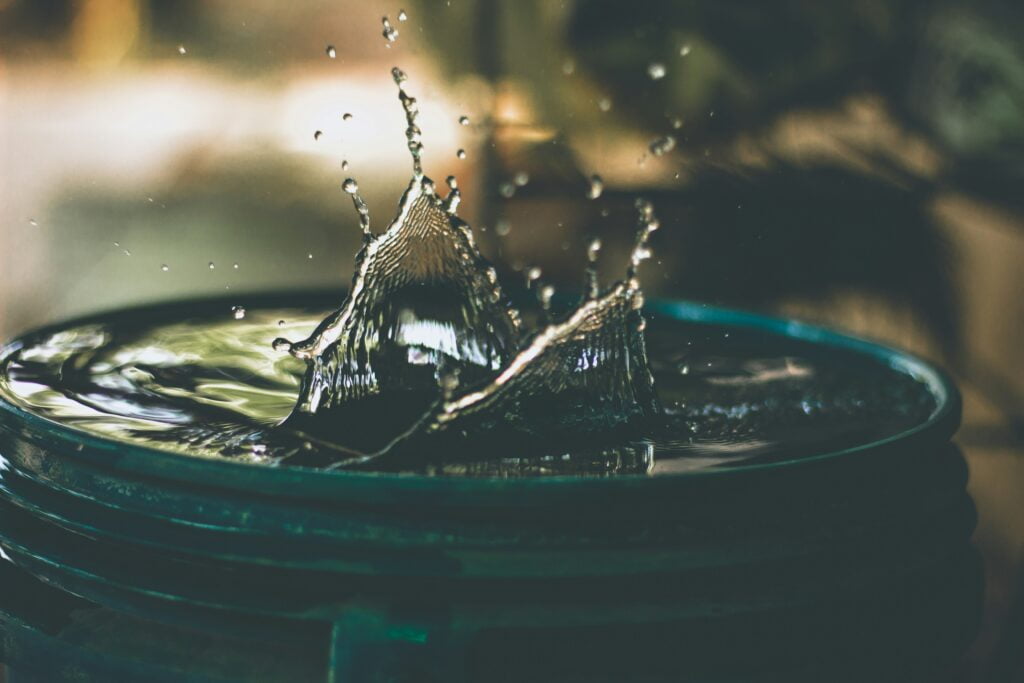The impact of the phenomena of El Nino and La Nina has had detrimental impacts on the climatic conditions of the earth, which have been characterized by high temperatures and erratic rainfall. Rural India has borne the brunt of this crisis as water scarcity affects crop productivity, affecting the farmer’s income and quality of life in return. The natural replenishment of groundwater has been a slow process and to speed it up, artificial recharge has played a crucial role in timely replenishment of groundwater. Water Augmentation seeks to increase groundwater by replenishing the current reduced amount of water. This can be done through active recharge of water and protecting the recharge areas. Harnessing rainwater and recharge of the water table allows for recharge through infiltration into aquifers. Water augmentation can be classified broadly into three areas which are capturing the water through harvesting., Storing the water through storage and recharging the water table through percolation into shallow aquifers. Some issues in water augmentation include receding groundwater, increased cost of extraction and reduced availability in water bodies. The augmentation techniques are of three types ; direct surface techniques, direct sub surface techniques or a combination of both. Mission like ‘catch the rain’ under the National Water Mission is one of the pioneering initiatives in this regard. NGOs have also played a role in achieving policyholders ambition and serving last mile coordinators.
Water Augmentation: Solving the Water Crisis




